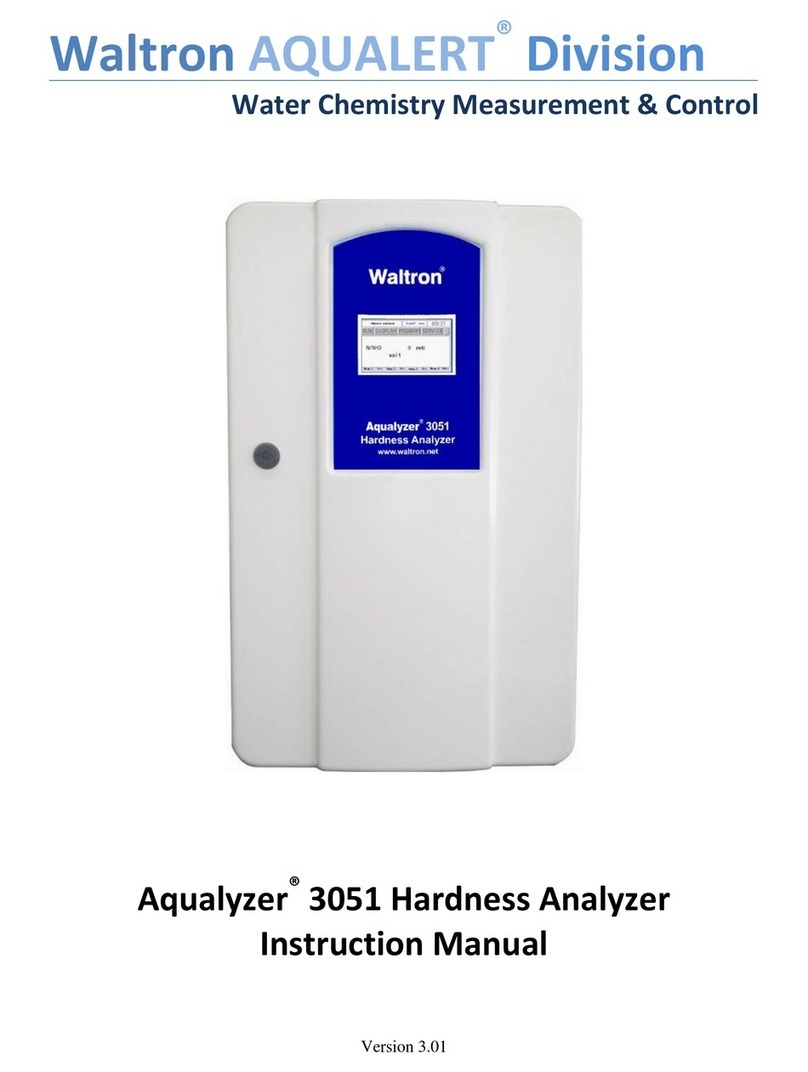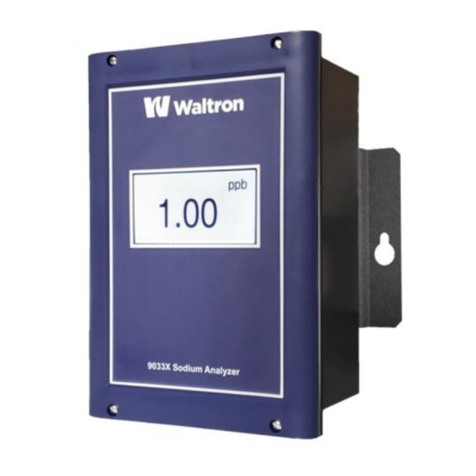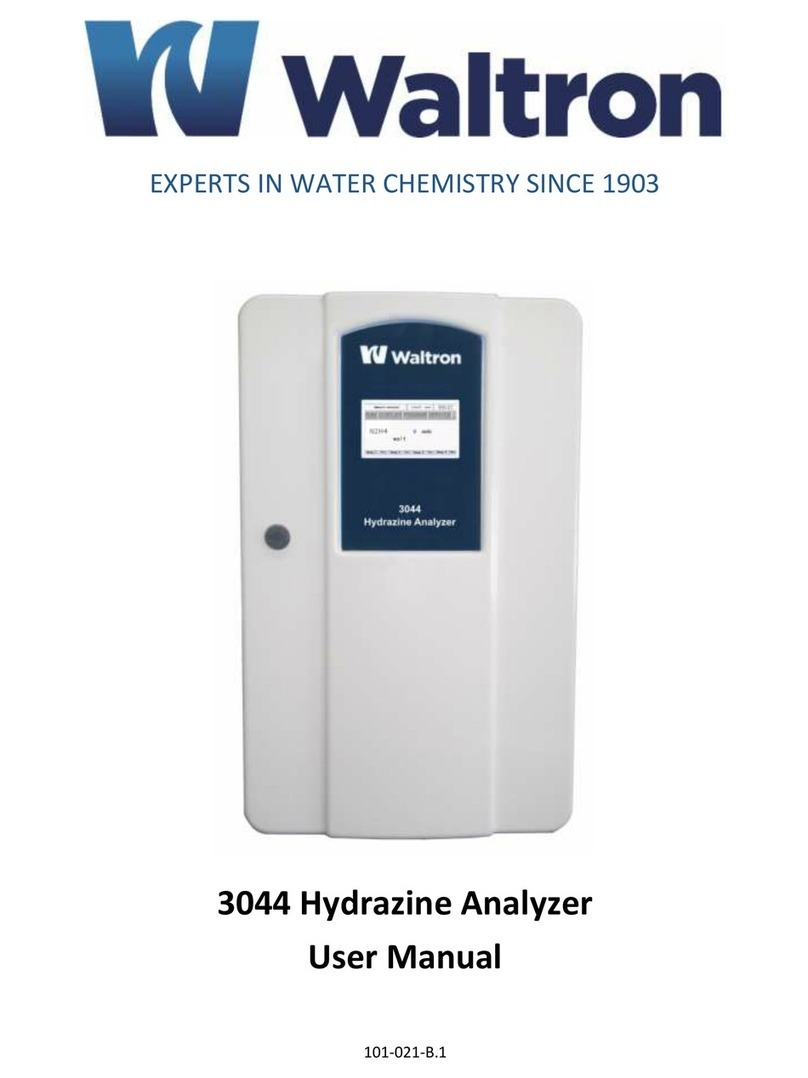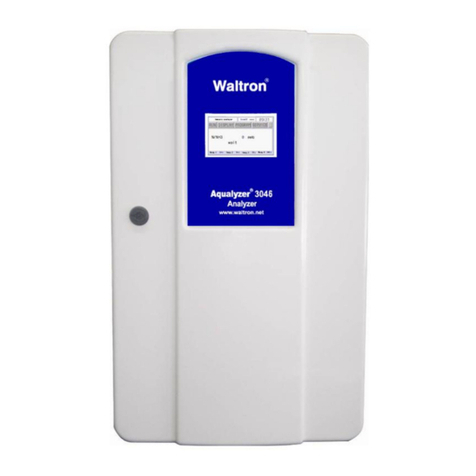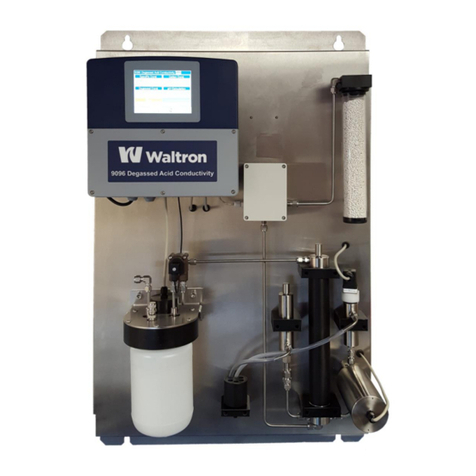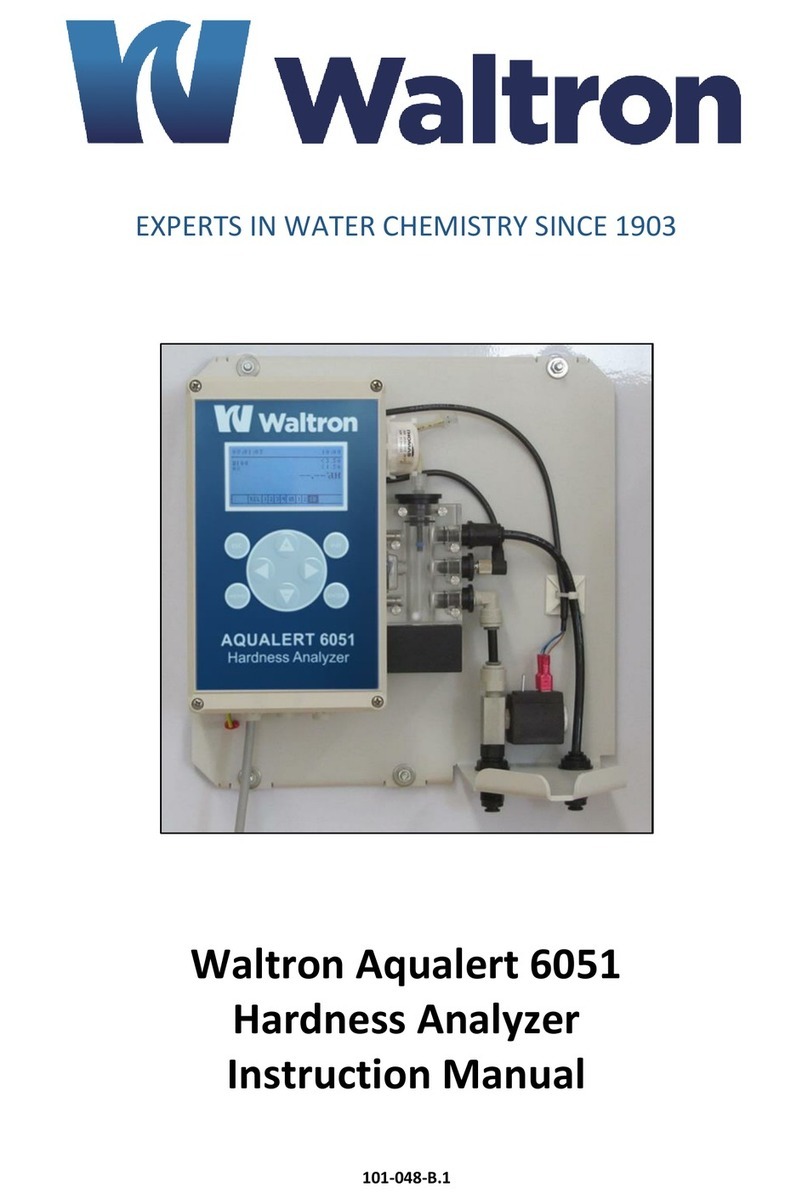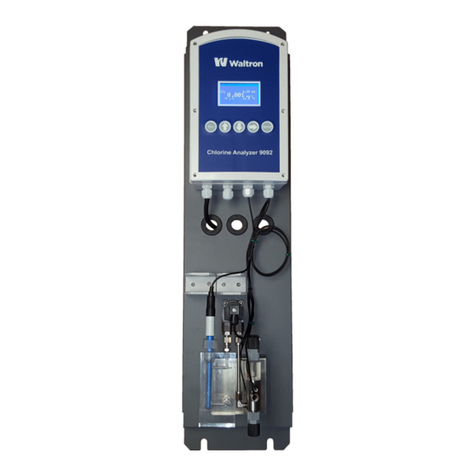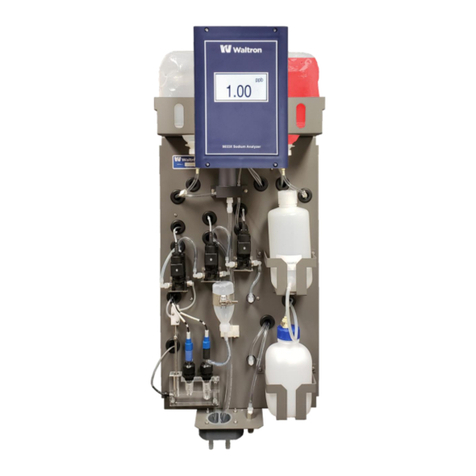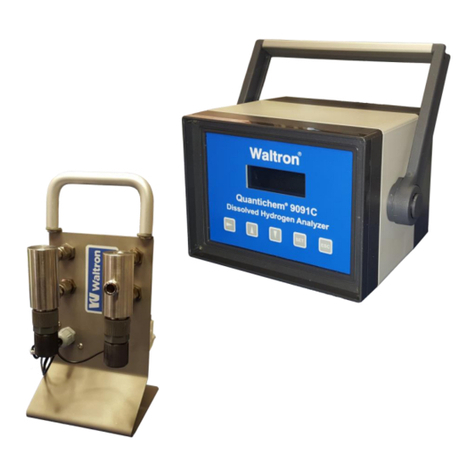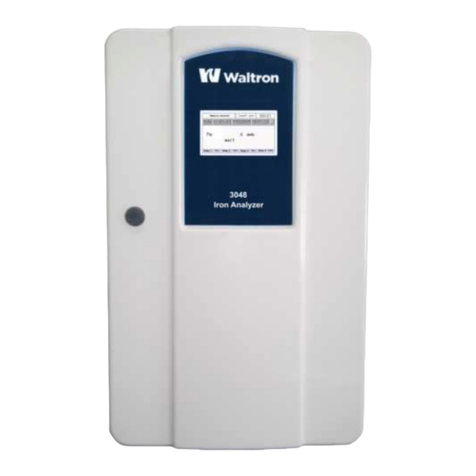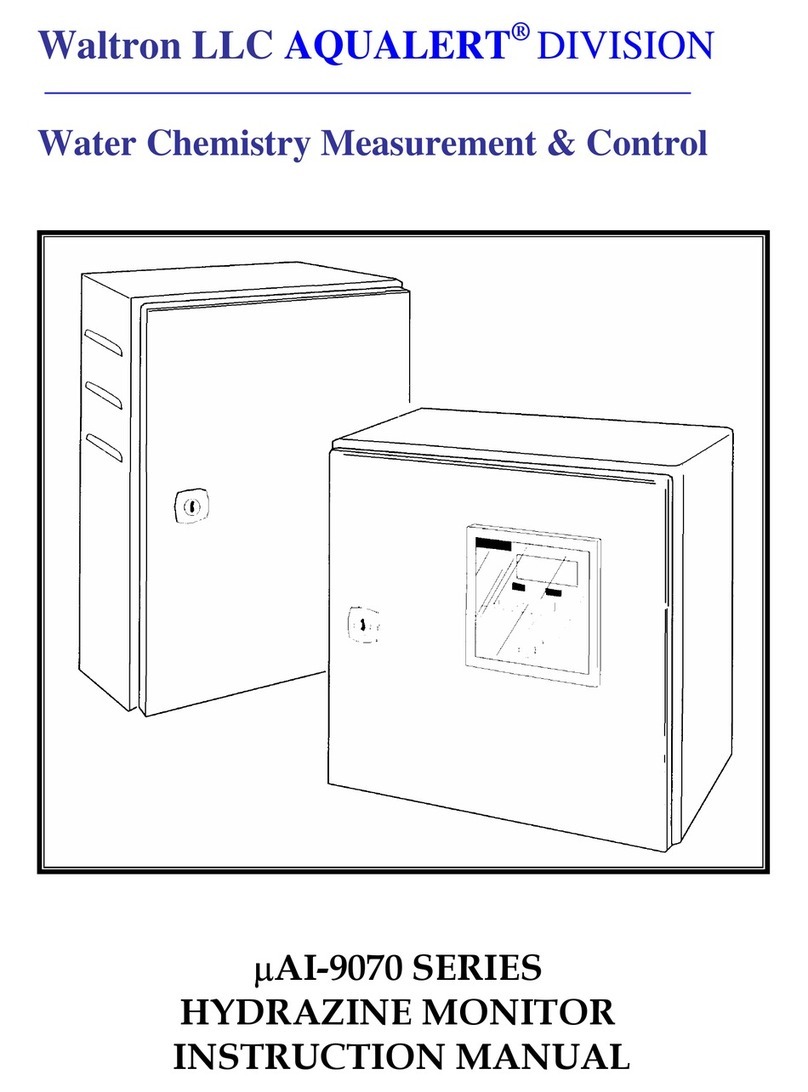
9032X
6
Table of Contents
1INTRODUCTION .......................................................................................................... 8
1.1 GENERAL ............................................................................................................. 8
1.2 MAIN FEATURES.................................................................................................. 8
1.3 SYSTEM DESCRIPTION & ARCHITECTURE............................................................ 9
1.3.1 WET SECTION UNIT ...................................................................................... 10
1.3.2 PRE-AMPLIFIER............................................................................................. 11
1.3.3 TRANSMITTER UNIT ..................................................................................... 11
2INSTALLATION .......................................................................................................... 11
2.1 MOUNTING OF ANALYZER ................................................................................ 11
2.1.1 LOCATION AND LAYOUT .............................................................................. 12
2.1.2 TRANSMITTER UNIT ..................................................................................... 12
2.2 SAMPLE REQUIREMENTS.................................................................................. 12
2.3 EXTERNAL PIPING CONNECTIONS..................................................................... 13
2.4 ELECTRODE INSTALLATION ............................................................................... 13
2.4.1 PROBE CONNECTIONS.................................................................................. 13
2.4.2 GEL FILLED REFERENCE ELECTRODE (ALTERNATE) ...................................... 14
2.4.3 AUTOMATIC KCL REFILL SYSTEM (OPTIONAL) ............................................. 15
2.4.4 PROBE INSTALLATION PROCEDURES ........................................................... 16
2.5 ELECTRICAL CONNECTIONS............................................................................... 17
2.5.1 WET SECTION UNIT ...................................................................................... 17
2.5.2 PRE-AMP UNIT ............................................................................................. 18
2.5.3 TRANSMITTER UNIT ..................................................................................... 19
3OPERATING THE ANALYZER ..................................................................................... 19
3.1 ANALYZER OPERATION ..................................................................................... 23
3.2 ALARMS............................................................................................................. 25
3.3 GETTING STARTED ............................................................................................ 25
3.4 SOFTWARE PROGRAMMING ............................................................................ 25
3.4.1 SOFTWARE STRUCTURE MAP ...................................................................... 26
3.4.2 MAIN MENU –USER MODE......................................................................... 26
3.4.3 COMMANDS WINDOW................................................................................ 27
3.4.4 DISPLAY WINDOW ....................................................................................... 32
3.4.5 MAIN MENU –SERVICE MODE .................................................................... 36
3.4.6 SERVICE MENU............................................................................................. 39
3.4.7 AUTO CALIBRATION ..................................................................................... 40
3.4.8 CALIBRATION FAILURE ................................................................................. 40
4TROUBLESHOOTING –CALIBRATION FAIL............................................................... 41
5MAINTENANCE ......................................................................................................... 41
5.1 BUFFER SOLUTION(S)........................................................................................ 41
5.2 STANDARD SOLUTIONS..................................................................................... 42
5.3 ETCHING SOLUTION.......................................................................................... 43
5.4 REFERENCE ELECTRODE FILL SOLUTION (For Use with N3010-174) ............... 43
5.5 SCHEDULED SERVICING..................................................................................... 44
5.5.1 WEEKLY ........................................................................................................ 44
